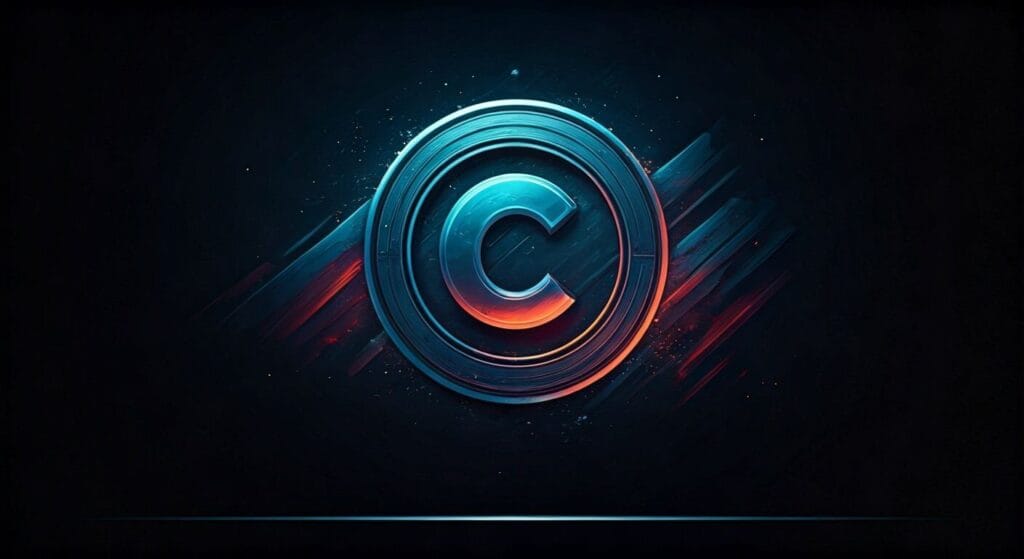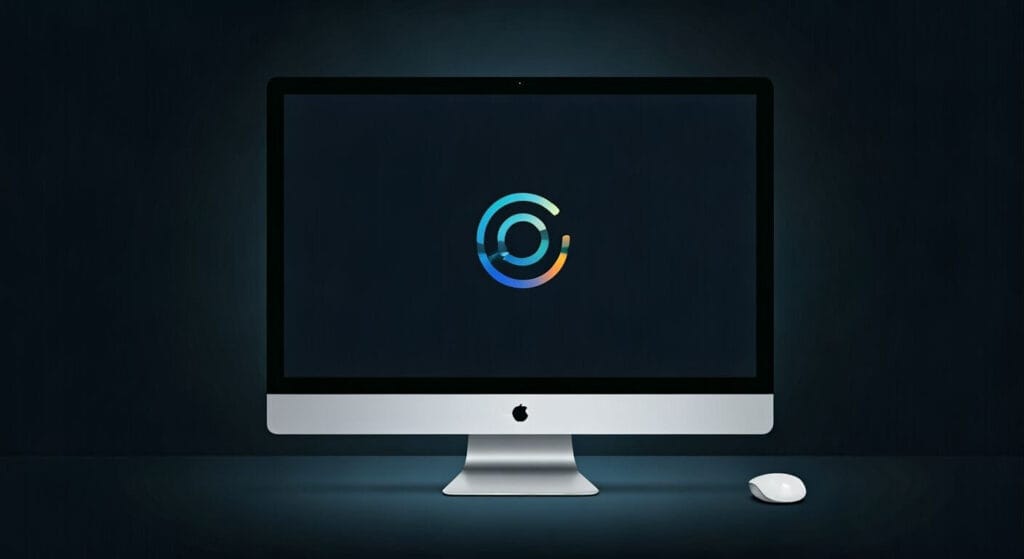A Creative Commons license is a simple way for creators to share their work while still keeping some control over how it is used. In our online world, where people upload billions of photos, songs, and articles to the internet each day, being able to share creative work safely and fairly has become more important than ever.
Understanding Creative Commons helps everyone, from students and teachers to website managers and casual web users, make the most of the content available online.
Creative Commons was established in 2001 as a non-profit organization, aiming to offer a clear path for legal sharing of creative work. Today, more than two billion works worldwide are available under a Creative Commons license, enabling artists, educators, and organizations to collaborate globally.
YouTube alone hosts over 400 million videos licensed with Creative Commons, empowering content creators to enrich their own work while respecting the rights of others.
The Creative Commons license system works by giving creators set options for allowing sharing, adaptation, and commercial use. These standardized choices make it much easier for everyone to understand what is fair and legal, with no need to decipher long contracts or hire lawyers. For web hosts and content managers, using Creative Commons materials can reduce the risk of copyright issues while helping sites stay rich in content.

A Creative Commons license lets creators decide if and how others can copy, distribute, remix, adapt, or build upon their work. The main licenses range from very open, allowing anyone to use the work for any purpose, to more restricted, limiting use to non-commercial contexts or requiring that new creations be licensed similarly.
According to the Creative Commons State of the Commons report, over 50 percent of licensed content comes with permissions for commercial use, while around 70 percent allows for modification.
When you see Creative Commons symbols attached to a file, you know exactly what you are allowed to do with it. That leads to fewer misunderstandings while helping creators gain wider audiences. Next, let’s look closely at the types of licenses and what those symbols really stand for.
There are six standard forms of Creative Commons licenses. Each uses easy-to-recognize symbols and brief written terms. All licenses require attribution, which means you must credit the original creator.
Here is a simple overview of each type:
The most common license in 2022 was CC BY, with over 430 million works worldwide. This suggests that creators are increasingly willing to share, provided they receive credit.
If you’re a blogger using CC BY images in your web stories, you must add the photographer’s name and a link to the image’s license. For teachers, using a CC BY-SA lesson plan means you can share modified lessons with other teachers. Tresseo recommends always reading the license details before sharing or modifying someone else’s work to avoid unexpected copyright issues.
If you run a business and want to add Creative Commons music to a promotional video, you must check if the license allows for commercial use. About 29 percent of all CC-licensed works in 2022 were under “NonCommercial” licenses. Always confirm before publishing for business purposes.

Creative Commons licensing does not limit itself to just written articles. Some of the most shared works on the web are photographs, audio clips, videos, and even pieces of software code.
Images and Photographs:
On platforms like Flickr and Wikimedia Commons, hundreds of millions of images are labelled with Creative Commons licenses. For example, when Tresseo designs a new tutorial, we might use Creative Commons images with clear attributions in the footnotes or captions. This boosts trust with our users while protecting the rights of the original authors.
Written Content:
Wikipedia’s more than six million articles are all under the Creative Commons Attribution-ShareAlike license, enabling translation, quoting, and adaptation for classroom use. Blogs, poems, and educational resources increasingly use CC licensing for wider access.
Audio:
Over 1.7 million audio files on Freesound are CC licensed, making podcasts and school media projects richer in sound. Musicians who license work under CC often reach new audiences while keeping more control.
Video:
YouTube features over 400 million Creative Commons videos. Anyone can remix CC BY content and publish their own edited versions, if they follow the terms. For classrooms and open online courses, CC videos allow teachers to share diverse lessons with students globally.
Software Code:
While most software uses open-source software licenses (such as MIT or GPL), documentation, tutorial texts, and sample codes are frequently shared under Creative Commons. For example, a coding guide or how-to published under CC BY might be featured on technology sites or developer forums.
Attribution is the key ask of every Creative Commons license. Here’s how to do it well:
Here is a friendly format:
“Night Sky” by Jane Li, used under CC BY 4.0, from Wikimedia Commons. Cropped from original.
This method creates a clear, honest trail leading back to the creator, as required by the license. Some website templates have built-in fields for attributions. Always double-check, especially when republishing or remixing, as misattribution can still result in legal notices or content takedowns.
If in doubt, review the Creative Commons attribution guide: Creative Commons Attribution Best Practices.
Creative Commons licenses empower creative sharing in a safe and simple way.
By picking the right license and following clear rules for credit, creators keep control of their rights, while the public gains free access to educational, inspiring, and useful media.
These licenses are the backbone of platforms like Wikipedia, Flickr, and YouTube, letting billions of people learn, teach, and create worldwide. When creators, teachers, and web hosts understand and use these licenses properly, the internet becomes a richer resource for us all.




Copyright © 2022 - 2025. Tresseo. All rights reserved.